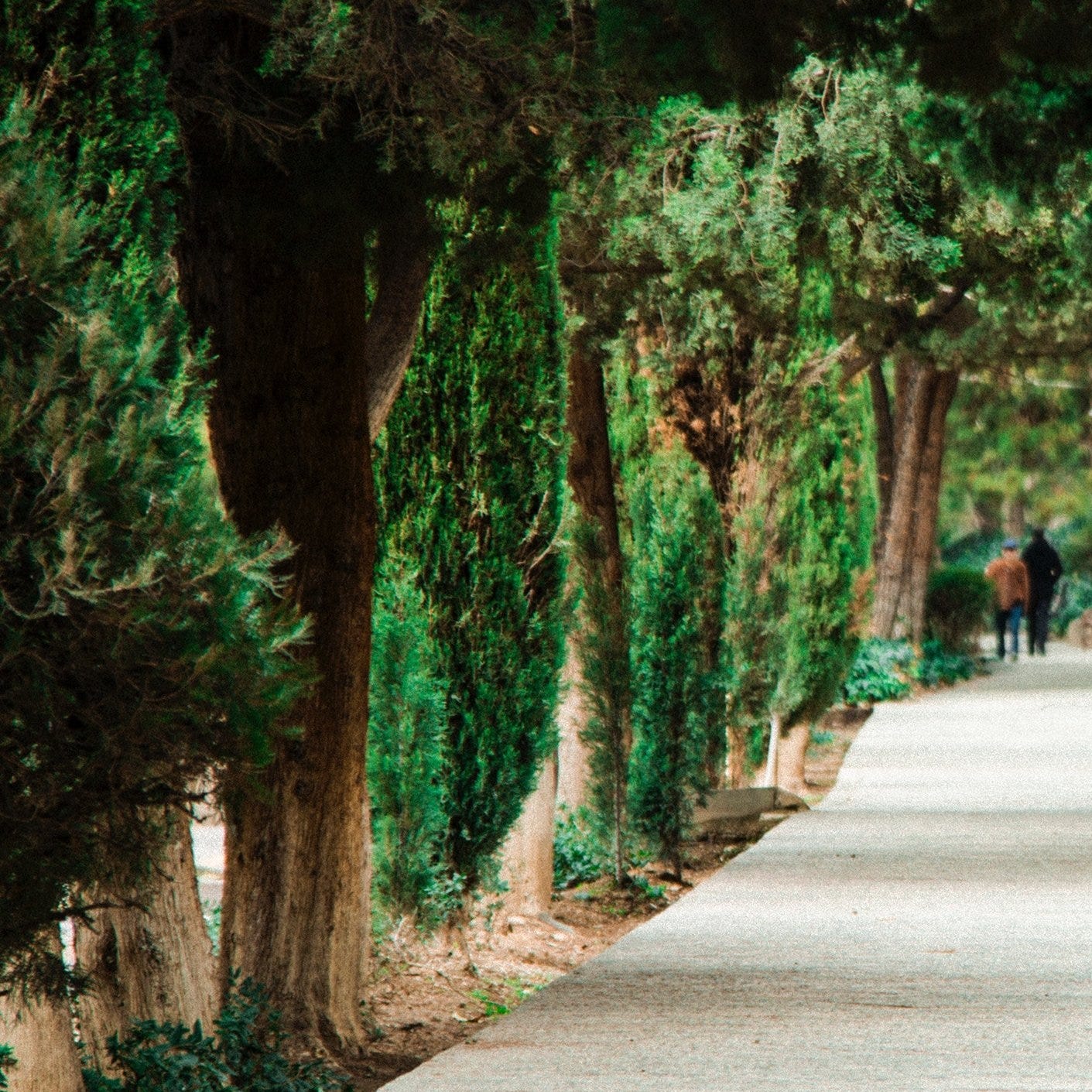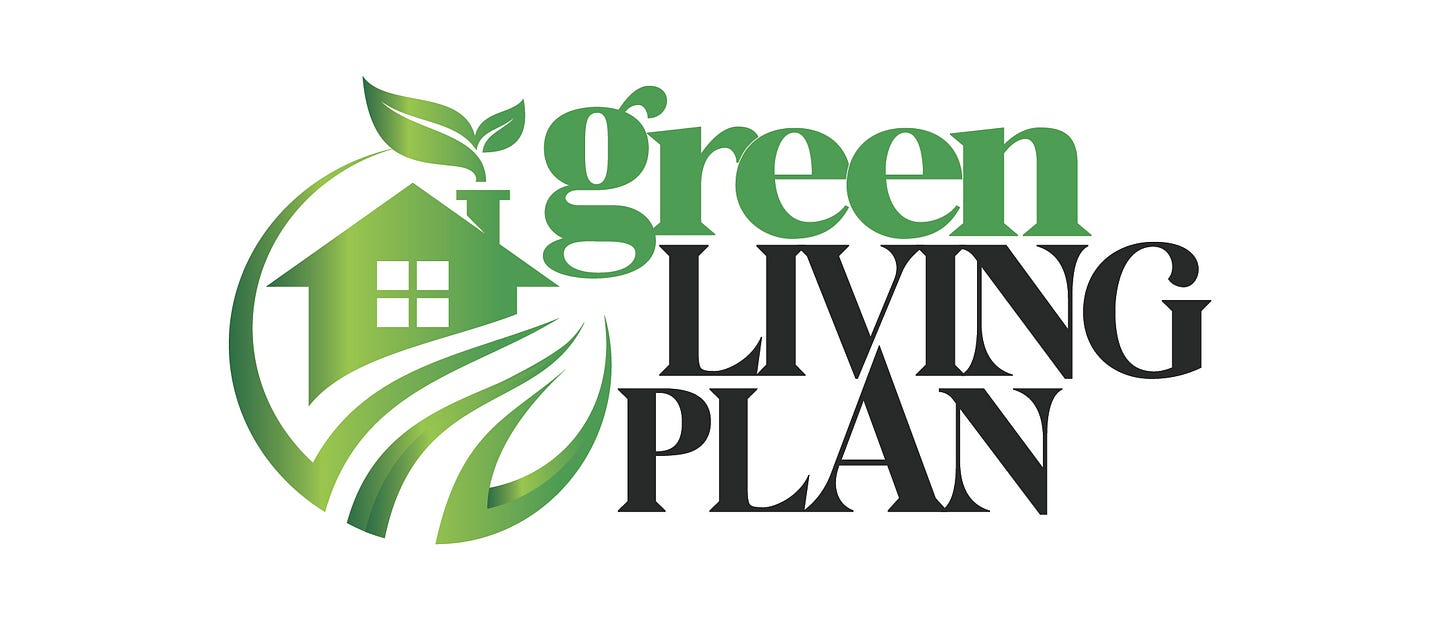Climate Crisis is a Mental Health Crisis — Building Smart Surfaces is an Easy Prescription
Green Living Plan: It’s time to explore and respond to the urgent mental health aspects of a rapidly boiling and hotter world. It won't take a whole lot of money or time to do that.
Kats, Benjamin, Frumkin | a Smart Surfaces Coalition feature
The end of 2023 closed with much fanfare around COP28 and a first-time "transition away" from fossil fuels commitment that drew many skeptics. But, here's what we did conclude coming out of that: The planet we live on and need for survival is getting hotter. The hotter it’s getting the less livable it becomes.
However, what that gathering in Dubai conveniently omitted — among other essential conversations — are the mental health consequences boiling rapidly from a hotter world. We also know that a hotter planet means we’re dealing with hotter surfaces. Surfaces determine heat, and plenty of cities here in the United States were overheating this summer, along with other cities across the globe that are still overheating because they take no winter breaks.
It’s time to explore and respond to the urgent mental health aspects of that. In the U.S., for example, even as 90 percent of the population can access air conditioning, hotter temperatures translate into more people staying indoors versus enjoying the company of others. Yet, even then, not all air conditioning access is equal: Public school systems filled with low-income students in cities from Philadelphia to Baltimore to Chicago to Detroit regularly shut down as their fall semesters burn amid overtime summer seasons. Old, deteriorated housing in cities like Philadelphia can barely manage to stay cool with window units and fans, on top of urban heat island-fueled conditions triggering non-stop sweat and stress for residents lacking the means for adequate ventilation and cooling.
This all brews into a cauldron of frustration, social isolation, and emotional stew. That's toxic for our communities, especially for our children. In many cases, it aggravates the spike in violence during heat waves as we’re now understanding those correlations. It raises anxiety and trauma to unprecedented levels (wondering why just 36 percent of Americans believe in the American dream anymore? Climate crisis could partly explain that). Rising depression and feelings of helplessness lead not only to rising post-traumatic stress disorder, but as the Commonwealth Fund points out, it leads to more “suicidal behavior and substance abuse.” The studies on this connection accumulate each year, such as the warnings of climate anxiety among 18- to 64-year-olds in a German population survey in 2022 and from experts at Yale explaining …
[P]hysiological components [such as] heart racing and shortness of breath, and a behavioral component when climate anxiety gets in the way of one’s social relationships or functioning at work or school.
It’s all real. And it eats away at the needed sense of social cohesion and bonding we need to get through this. So, what can we do?
Social Connection Through Smart Surfaces
Public discourse often talks about a number of solutions ranging from the dramatic reduction or “phase out” of fossil fuels (which we do need) to the development of clean energy in place of the above while we’re also throwing carbon capture tech into the mix. Yet, these ingredients, while crucial, will take enormous time, infrastructure, investment, and politics.
Our solution is rather immediate and found, simply, in smart surfaces: cool roofs and pavements, green roofs, urban trees, and more. These are relatively inexpensive and effective solutions that are absolutely vital to mental health.
We must first acknowledge that social interaction is woven into the fabric of our DNA. We can’t live without it. People who have limited social connections face elevated risks of heart disease, stroke, anxiety, depression, and dementia. Loneliness and social isolation already cause widespread suffering. But they also cause premature death and drive up health care and other societal costs: Social isolation costs Medicare nearly $7 billion annually, and it costs employers an estimated $155 billion annually. Even U.S. Surgeon General Vivek Murthy issued an advisory in 2023 about our nation’s enormous burden of social isolation and loneliness, revealing that an astonishing half of all U.S. adults report feeling lonely.
Just as heart disease has underlying risk factors, such as diet and family history, so does social isolation. As a result, the environment we’ve built for living and working has a significant effect on how connected to other people we feel. And just as heart disease can be prevented and treated, we can actually use our built environment to reduce loneliness, a key barometer of climate.
Smart surfaces can dramatically improve outdoor livability and comfort while expanding climate resilience. Reflective, porous, and green surfaces can dramatically reduce radiant heat relative to dark, hot surfaces and cut citywide summer heat by five degrees Fahrenheit. Shade from trees can make people feel 10 degrees cooler. Do the math and just imagine: Together, these strategies can make a 90-degree heat wave feel like a much more enjoyable and tolerable 75-degree day. Moreover, green spaces are attractive and welcoming, promoting social engagement that is the antidote for loneliness. Why would we overlook this?
Parks, sidewalks and trails, plazas and playgrounds function as “social infrastructure” — places where people can relax with friends and family, play sports with each other, and make new friends. Fresh air, trees, birdsong, and other natural features seem to have superpowers when it comes to human connections, such as what a 2019 study from the International Journal on Environmental Research and Public Health found …
[P]ositive interactions in urban green space can catalyze social cohesion, social capital and critical health-promoting behaviors that may enhance psychological health and well-being.
Studies show that children who play in green settings have fewer behavioral difficulties, more “prosocial” behavior, and stronger relationships with other children. Other studies suggest that positive contacts in parks across racial and ethnic lines can lead to increased trust and lower levels of prejudice. Green space is also linked to reduced violence, and greater feelings of safety that bring more people into parks, all creating a virtuous cycle that further reduces crime and strengthens communities.
Smart surfaces and green space can cool a city so people can enjoy the outdoors longer without overheating and children can play safely. They also cut energy costs, thereby reducing financial-related anxiety. We’ve found that the deployment of a holistic smart surface strategy nationwide could save communities more than $700 billion (or more) over a 30-year time space in energy, public health, and other costs — while creating more than half-a-million new jobs. Even better: We don’t have to wait for destructive oil and gas industry interests to decide this for us.
But the sad part is that not enough cities are implementing these simple and effective solutions.
Over the last century, cities have lost significant tree coverage and, instead, find themselves covered in dark, impervious surfaces like asphalt. As a result, our cities are uncomfortably — even dangerously — hot in the summer, far more prone to flooding and mold, less shaded, less attractive, and more dangerous. These trends are most severe in lower income neighborhoods and communities of color that are commonly 10-15 degrees hotter than the wealthiest, greenest neighborhoods in the same city. In addition, older adults who are socially isolated are at greater risk of heat-related injury and death.
City officials, from mayors and city council members to hospital and airport authorities, will be making surface-related decisions this year as they do every year. State legislatures will lay out line items in budgets to decide how they manage resources from designated Inflation Reduction Act and Bipartisan Infrastructure Act dollars for metro areas. If there is one priority that should be key to urban renewal agendas, it’s the imperative to build stronger bonds among urban residents. Cities should be jumping on every opportunity to do so. If they've really done the cost-benefit analysis that includes issues of health and livability, they’ll find it’s a no-brainer: Smart surfaces are a win-win-win for communities. Great public spaces — tree-shaded, cooler reflective streets, parks, playgrounds, trails, and plazas, designed with smart surfaces, enriched with greenery, and activated with great programs — will help build those bonds and better prepare us for the climate-centered future that’s already here.
GREG KATS is CEO of the Smart Surfaces Coalition. GEORGES C. BENJAMIN, MD is Executive Director of the American Public Health Association. HOWARD FRUMKIN, MD, former Director of the CDC’s National Center for Environmental Health, is Senior Vice President of Trust for Public Land.





